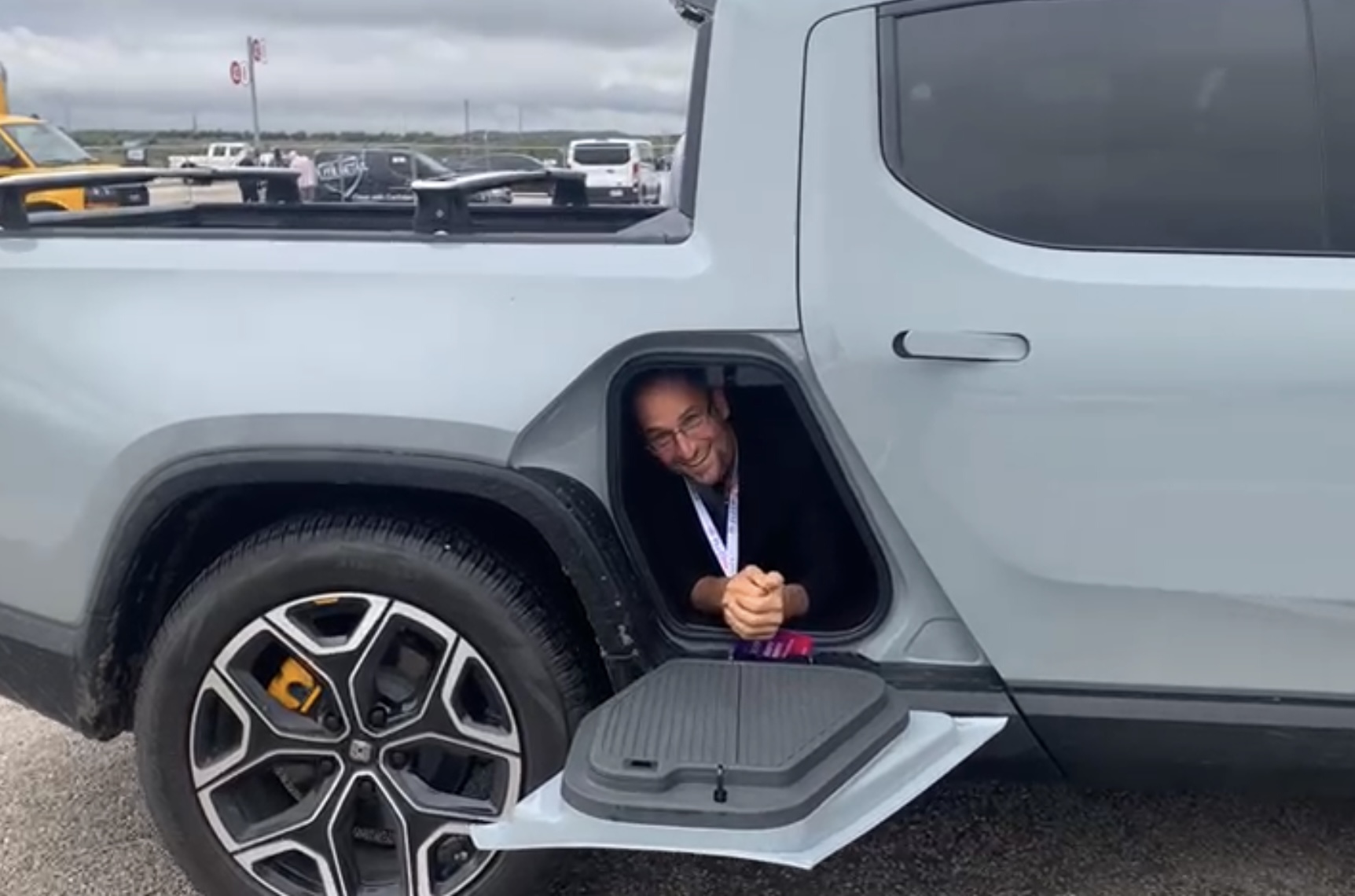Sign up for daily news updates from CleanTechnica on email. Or follow us on Google News!
The Biden-Harris administration signed into law the largest US investment in climate action ever with its Inflation Reduction Act (IRA). The IRA is taking hold to reduce climate pollution across multiple sectors of the economy with climate resilience, mitigation, and net zero goals combined to change the way the US approaches energy consumption. As the groundbreaking legislation celebrates its second anniversary on August 16, more and more communities are feeling the impact of its clean energy projects.
The IRA is stimulating electric vehicle adoption, solar power adoption, wind power development, battery cell and battery pack production, mining and processing of battery minerals, adoption of heat pumps and other energy efficiency improvements, and much more. The huge benefits of the IRA deserve to be celebrated! Break out the noise makers and compostable confetti!
In pursuit of net zero, the US passed the IRA and will direct nearly $400 billion in federal funding toward clean energy, with the goal of substantially lowering the nation’s carbon emissions by 2030. The process will reinvigorate US global economic competitiveness, innovation, and industrial productivity. Across the US economy, the IRA is already creating opportunities to build projects, hire workers, and manufacture equipment needed to strengthen domestic supply chains, lower household energy costs, reduce greenhouse gas emissions, and pay good wages for those efforts.
The numbers of clean energy projects as a direct result of the IRA are staggering. To date, there have been $124,746,429,000 in investments with 325 new projects in 41 states and a total of 108,138 jobs.
Tax Credits are at the Core of the Inflation Reduction Act
The tax credits for clean electricity generation included in the IRA are propelling the Biden-Harris administration toward its goals to achieve 100% clean electricity by 2035.
The IRA extended and expanded tax credits that help households invest in residential clean energy, such as solar panels as well as home energy efficiency. New data from the Internal Revenue Service shows that 3.4 million+ US families have already claimed more than $8 billion in residential clean energy and home energy efficiency credits against their 2023 federal income taxes, the first year that the IRA’s full adjustments to the value and scope of these tax credits were in effect.
The IRA also created an entirely new pathway — called “elective pay” or “direct pay” — through which local governments and other tax-exempt entities can access IRA credits for the first time. The IRA allows nonprofit and public organizations — which would otherwise be unable to claim federal tax credits because of their tax-exempt status — to directly tap into a dozen distinct IRA tax credits.
The IRA provides for a tax credit for EVs — both new and pre-owned. Buyers can receive up to $7,500 depending on the make and model of the car. Yes, there are income limits of $150,000 for single filers and $300,000 for joint filers. EVs have to be assembled in North America, and cars that cost more than $55,000 aren’t eligible. Any vans or trucks that exceed $80,000 are out of range of the tax credit program. The law intends to protectUS manufacturers, so cars that use parts made in China aren’t eligible for the credits. Okay, there is still some confusion over EV credits. Here is a government website that lists eligible EVs — new and pre-owned.
 Chip in a few dollars a month to help support independent cleantech coverage that helps to accelerate the cleantech revolution!
Chip in a few dollars a month to help support independent cleantech coverage that helps to accelerate the cleantech revolution!
The US Department of the Treasury is responsible for implementing major elements of the law, including tax incentives that spur investment in clean energy and manufacturing and that lower healthcare costs, corporate tax code reforms that enhance economic fairness, and Internal Revenue Service’s (IRS) efforts to dramatically improve customer service, modernize technology, and ensure the wealthy and large corporations pay the taxes they legally owe. The IRS has even issued final guidance for the IRA’s prevailing wage and apprenticeship requirements as well as its tax credit transferability mechanism.
Want to know about energy-related credits and deductions, credits for individuals, or credits and deductions for businesses and other entities? Click here.
Appreciating the Benefits before Us due to the IRA
Our CleanTechnica editor, Zachary Shahan, says that the IRA is “one of the most under-appreciated pieces of legislation in American history.” The IRA is the biggest reshoring and pro-manufacturing legislation that the US has ever experienced. Its strategic and numerous incentives have been crucial to motivating EV and battery manufacturing. IRA investments are recreating a strong domestic EV manufacturing sector as well as breaking China’s dominance of critical mineral and battery component supply chains.
IRA incentives will affect the entire energy sector, from producers of raw materials to end-use consumers and spur emission reductions, in a cost beneficial way. The IRA’s provisions will build to create large effects on energy markets, according to researchers at the Brookings Institute.
- There will be a 50% increase in the amount of new investment in renewable and zero carbon power generation.
- There will be somewhere between a 6 to 10 percentage point reduction in CO2 emissions over the next decade.
- Wholesale electricity prices, which are the prices paid by businesses and industries, could fall quite substantially.
- There’ll be some further reduction in electricity prices that are passed through to consumers.
Billions over the next 10 years will be spent on decarbonization and converting the grid to clean energy through the IRA, which includes programs and investments for towns and cities, not just for states. Sometimes called “green city initiatives,” clean energy projects made available from federal funding make cities more sustainable by using eco-friendly tools like energy efficiency, waste management, and open spaces. These practices are growing, focusing on sustainable development.
Let’s not forget that the US House Republicans introduced the Inflation Reduction Act of 2023, which sought to repeal the Inflation Reduction Act of 2022 and rescind any unobligated funds made available by such act. The action never passed the House — luckily.
Final Thoughts about Clean Energy Projects & the IRA
Former US Vice President Al Gore helped to found the Climate Reality Leadership Corps, which offer trainings about how the climate crisis is transforming our world today and how solutions can be in our hands. You can join Gore and The Climate Reality Project for an online leadership training October 17–23 to learn how you can use the energy for change to take back our democracy and build a thriving clean energy future for the US.
The nonprofit is devoted to solving the climate crisis and to help people take advantage of the clean energy provisions of the IRA.
Have a tip for CleanTechnica? Want to advertise? Want to suggest a guest for our CleanTech Talk podcast? Contact us here.
Latest CleanTechnica.TV Videos
CleanTechnica uses affiliate links. See our policy here.
CleanTechnica’s Comment Policy





